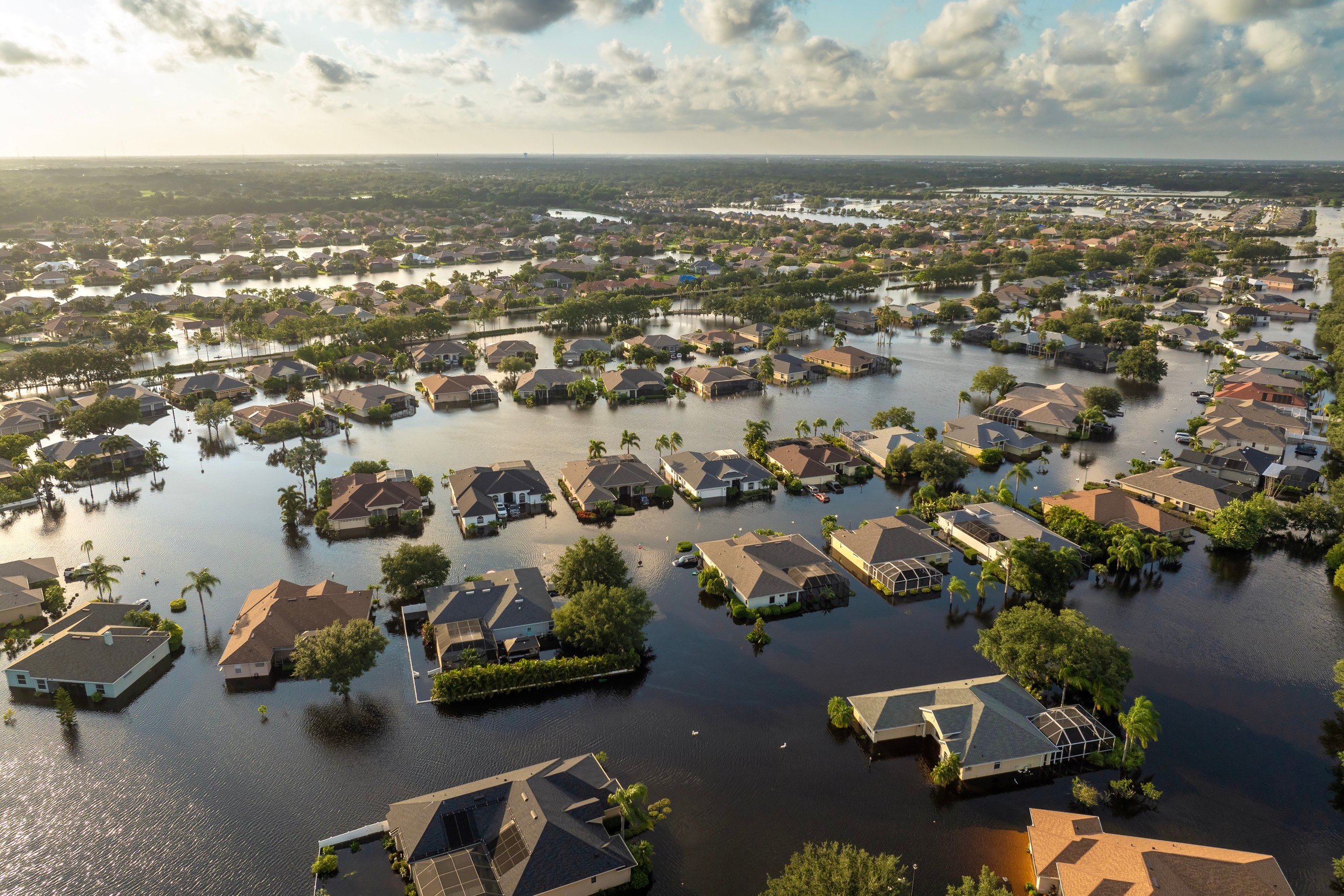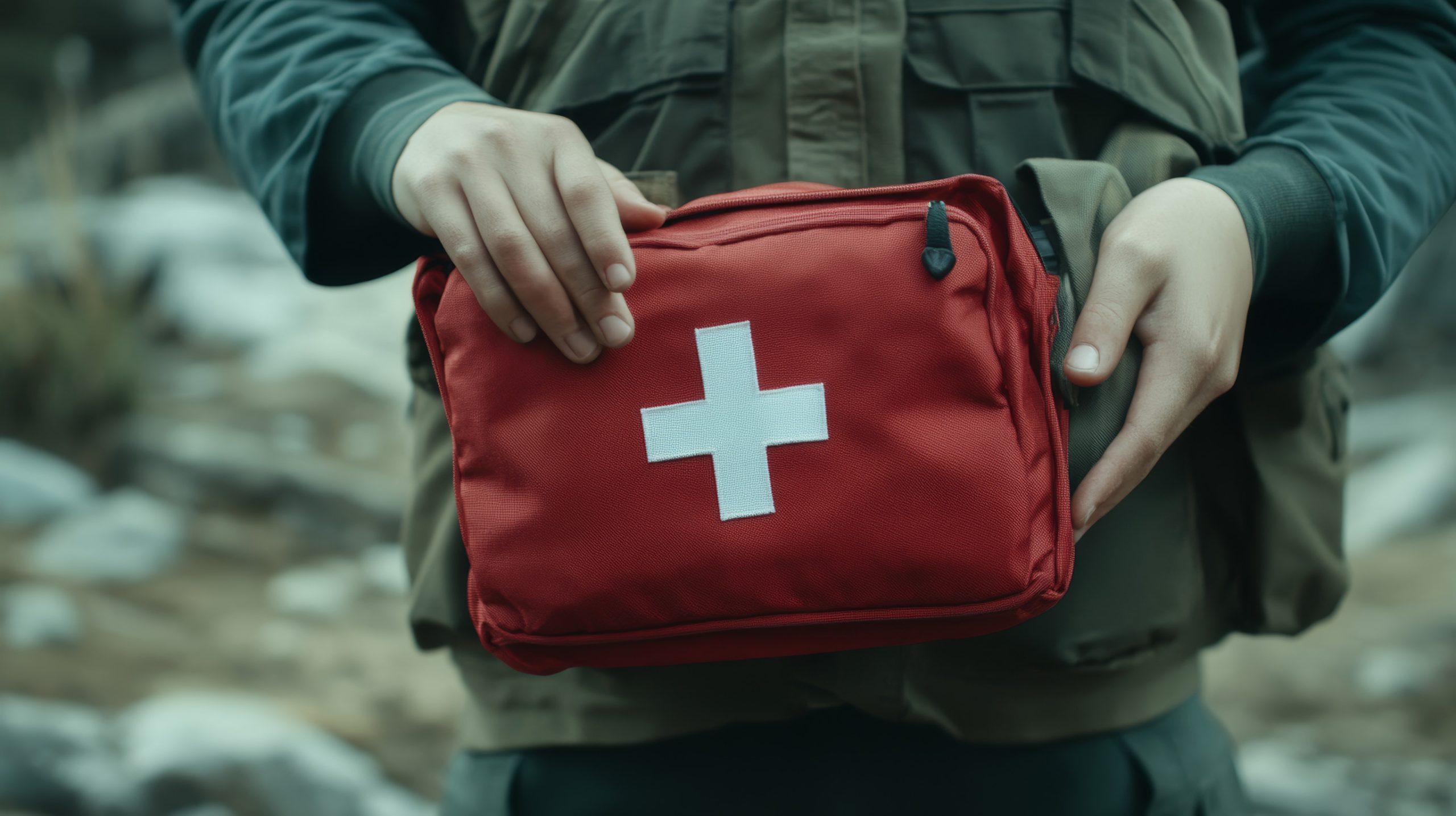Natural disasters strike fast, often without warning, and when they do, they can change lives in an instant. Whether it’s an earthquake, hurricane, wildfire, or flood, knowing how to react in those first crucial moments can make all the difference.
Being prepared is essential, but so is taking immediate action when the ground starts to shake or the winds begin to howl.
Assess Your Immediate Surroundings
When a natural disaster begins, your first instinct might be to panic—but taking a moment to evaluate your environment can save your life. Look for falling objects, structural damage, or exposed electrical wires depending on the type of disaster.
If you’re indoors, determine if it’s safer to stay inside or evacuate immediately. If you’re outside, move away from trees, power lines, or anything that could collapse. Your safety starts with situational awareness, and the sooner you assess the risks around you, the better your odds of avoiding injury.
Seek Shelter or the Safest Possible Location
Every natural disaster requires a different response, but finding secure shelter is almost always a top priority. During a tornado, that might be a basement or interior room without windows; during an earthquake, it’s often safer to duck under sturdy furniture.
If there’s flooding, avoid basements or low-lying areas and head to higher ground. In a wildfire, move away from brush and trees and look for a wide, open area or a structure made of nonflammable materials. The key is knowing where to go to minimize your exposure to harm.
Check Yourself and Others for Injuries
Once you’re in a safer location, take a few seconds to examine yourself for any signs of injury. Adrenaline can mask pain, so don’t assume you’re fine just because you don’t feel anything right away. Look around and check on those near you—family, neighbors, or even strangers—because someone might need help and be unable to ask.
Administer basic first aid if you can, or apply pressure to bleeding wounds until help arrives. Prioritizing health and safety in those first minutes can be the difference between survival and tragedy.
Turn on a Battery-Powered Radio or Use Emergency Alerts
Communication is often disrupted during a disaster, but staying informed is vital. If you have a battery-powered or hand-crank radio, turn it on and tune in to your local emergency broadcast station. You can also use your phone to check for emergency alerts—just be careful to conserve battery power.
Authorities will issue evacuation orders, updates on the disaster, and information on shelters or aid stations. Getting accurate information early on helps you make the right decisions as the situation evolves.
Avoid Dangerous Areas and Hazards
Even if the immediate danger seems to have passed, your surroundings could still be hazardous. Downed power lines, gas leaks, broken glass, and unstable structures are common threats after many disasters. Don’t go exploring or return home too quickly, especially if officials haven’t given the all-clear.
Avoid floodwaters at all costs, as they often contain debris, sewage, or even live electrical currents. Trust your instincts, but also rely on expert guidance when it comes to navigating post-disaster chaos.
Conserve Essential Resources
Power, clean water, and medical supplies may be in short supply for hours or even days. Try to limit your use of cell phones to essential communication only to preserve battery life. Ration any food or bottled water you have, especially if you don’t know when help will arrive.
If you have medications or first aid supplies, use them wisely and keep track of what you have. A little planning and restraint can stretch your resources far enough to last until help arrives.
Notify Loved Ones of Your Status
Once you’re safe, it’s crucial to let family and friends know you’re okay. Text messages often go through when calls won’t, so start with a short message letting them know your location and condition. Avoid tying up phone lines unless it’s a real emergency—others may need access too.
Social media and emergency check-in apps like the Red Cross’s Safe & Well tool can be incredibly useful during large-scale disasters. Reaching out not only brings peace of mind but also helps authorities account for missing individuals.
Follow Official Instructions
It might be tempting to act on instinct, but official agencies are trained to manage disasters and provide structured guidance. Listen carefully to evacuation orders, road closure updates, and shelter information. Don’t attempt to return to your home or venture out unless it’s deemed safe. Disregarding official instructions can put you and first responders in even greater danger. Trust that emergency services have your best interests in mind and follow their lead as closely as possible.
Document Damage When It’s Safe
Once the danger has passed and it’s safe to do so, start documenting any damage to your property or belongings. Take photos and notes on the condition of your home, car, and valuables—it’ll be crucial for insurance claims later. Don’t touch or move too much, especially if structural damage is visible, until professionals have inspected the area.
Keep any receipts from emergency supplies or temporary shelter accommodations, as they may be reimbursable. Being thorough now can smooth the recovery process later on.
Begin the Recovery Process with Patience
Recovering from a natural disaster isn’t a sprint—it’s a marathon that can test your patience and resilience. Take it one step at a time, whether that’s filing insurance claims, applying for relief assistance, or cleaning up debris. Accept help when it’s offered and lean on your community or local organizations for support. Emotional recovery is just as important as physical recovery, so make time to process what you’ve experienced. There’s no right or wrong pace to heal, but giving yourself grace will help you rebuild more sustainably.
Staying Safe By Staying Informed
Natural disasters are unpredictable and terrifying, but preparation and quick thinking can go a long way in keeping you and your loved ones safe. While you can’t control when disaster strikes, you can control how you respond—and these steps will give you the best chance at staying safe, informed, and resilient through the worst of times.
Have you ever experienced a natural disaster firsthand? What did you do in those first few moments? Your advice could literally save a life so share it below.
Read More
How Does The Weather Affect Your Emotional State Without You Realizing?
Blended Families and Life Insurance: The Right Way to Divide Funds Fairly



Leave a Reply